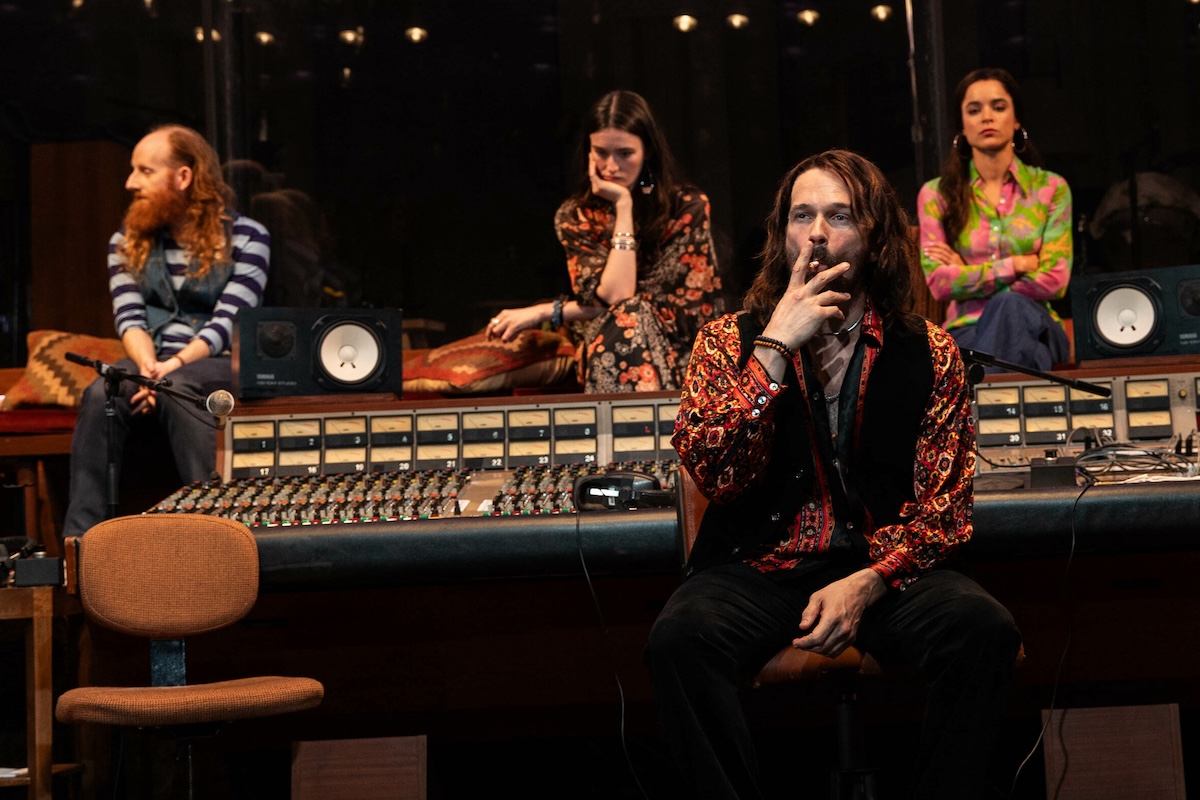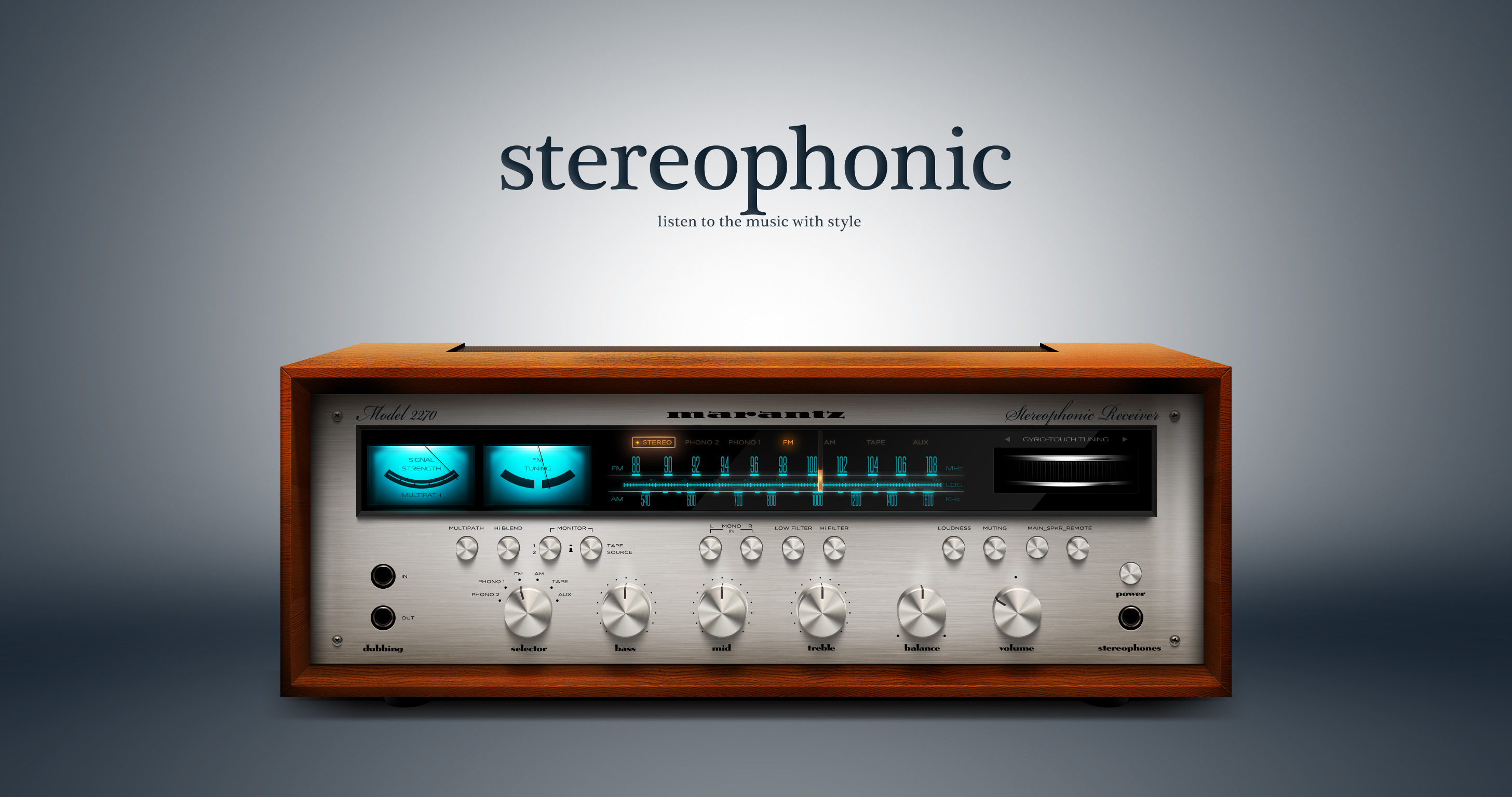Stereoscopic Sound: Stereophonic
Stereophonic – Stereoscopic sound is a method of sound reproduction that creates an illusion of three-dimensional space, allowing the listener to perceive the direction and distance of sound sources. It is achieved by using two or more loudspeakers placed at different locations, with the sound from each speaker slightly delayed and/or attenuated to create the illusion of depth.
How is Stereoscopic Sound Achieved?
Stereoscopic sound is achieved by using two or more microphones to record the sound from a live performance or from a sound source, and then playing back the recorded sound through two or more loudspeakers placed at different locations. The sound from each loudspeaker is slightly delayed and/or attenuated to create the illusion of depth. The delay and attenuation are calculated based on the distance between the microphones and the loudspeakers, and the direction of the sound source.
Examples of How Stereoscopic Sound is Used
Stereoscopic sound is used in a wide variety of applications, including music, film, and video games. In music, stereoscopic sound is used to create a more immersive and realistic listening experience. In film, stereoscopic sound is used to create a more realistic and engaging soundscape. In video games, stereoscopic sound is used to create a more immersive and realistic gaming experience.
Stereophonic Recording Techniques

Stereophonic recording is a technique for recording and reproducing sound using two or more microphones and loudspeakers to create the illusion of a three-dimensional sound field. This allows the listener to experience the sound as if they were in the same space as the original sound source.
There are a number of different stereophonic recording techniques, each with its own advantages and disadvantages. The most common techniques are:
- Coincident pair: This technique uses two microphones placed very close together, usually in a coincident or “coincident pair” configuration. This creates a very natural and realistic sound, but it can be difficult to achieve a wide stereo image.
- Spaced pair: This technique uses two microphones placed at a distance from each other, typically between 1 and 3 meters apart. This creates a wider stereo image than a coincident pair, but it can also result in a less natural sound.
- Near-coincident pair: This technique uses two microphones placed close together, but not as close as in a coincident pair. This creates a compromise between the natural sound of a coincident pair and the wider stereo image of a spaced pair.
- Blumlein pair: This technique uses two microphones placed at a 90-degree angle to each other, with the capsules facing outward. This creates a very wide stereo image, but it can also result in a less natural sound.
The choice of which stereophonic recording technique to use depends on the desired sound quality and the specific recording situation. For example, a coincident pair is often used for recording classical music, while a spaced pair is often used for recording rock music.
Setting Up and Using Stereophonic Recording Equipment
To set up and use stereophonic recording equipment, you will need the following:
- Two or more microphones
- A stereo recorder
- Microphone stands
- Cables
Once you have your equipment, you will need to set up the microphones in the desired configuration. The most common configurations are coincident pair, spaced pair, and near-coincident pair. Once the microphones are in place, you will need to connect them to the stereo recorder. Finally, you will need to set the recording levels and start recording.
Here are some tips for setting up and using stereophonic recording equipment:
- Use high-quality microphones and cables.
- Experiment with different microphone configurations to find the one that sounds best for your recording situation.
- Set the recording levels carefully to avoid distortion.
- Monitor the recording levels and make adjustments as needed.
Stereophonic Sound Systems

Stereophonic sound systems reproduce sound in three dimensions, giving the listener a sense of being in the midst of the action. These systems use two or more speakers to create a sound field that envelops the listener. The speakers are placed at specific angles and distances from the listener to create a realistic and immersive sound experience.
Components of a Stereophonic Sound System
The main components of a stereophonic sound system include:
- Two or more speakers
- An amplifier
- A sound source (such as a CD player, DVD player, or turntable)
- Cables to connect the components
The speakers are the most important part of a stereophonic sound system. They are responsible for reproducing the sound waves that create the three-dimensional sound field. The speakers should be placed at specific angles and distances from the listener to create the best possible sound experience.
The amplifier is responsible for providing the power to the speakers. The amplifier takes the electrical signal from the sound source and amplifies it so that it can drive the speakers.
The sound source is the device that provides the audio signal to the amplifier. The sound source can be a CD player, DVD player, turntable, or any other device that can produce an audio signal.
The cables are used to connect the components of the stereophonic sound system. The cables should be of high quality to ensure that the audio signal is not degraded.